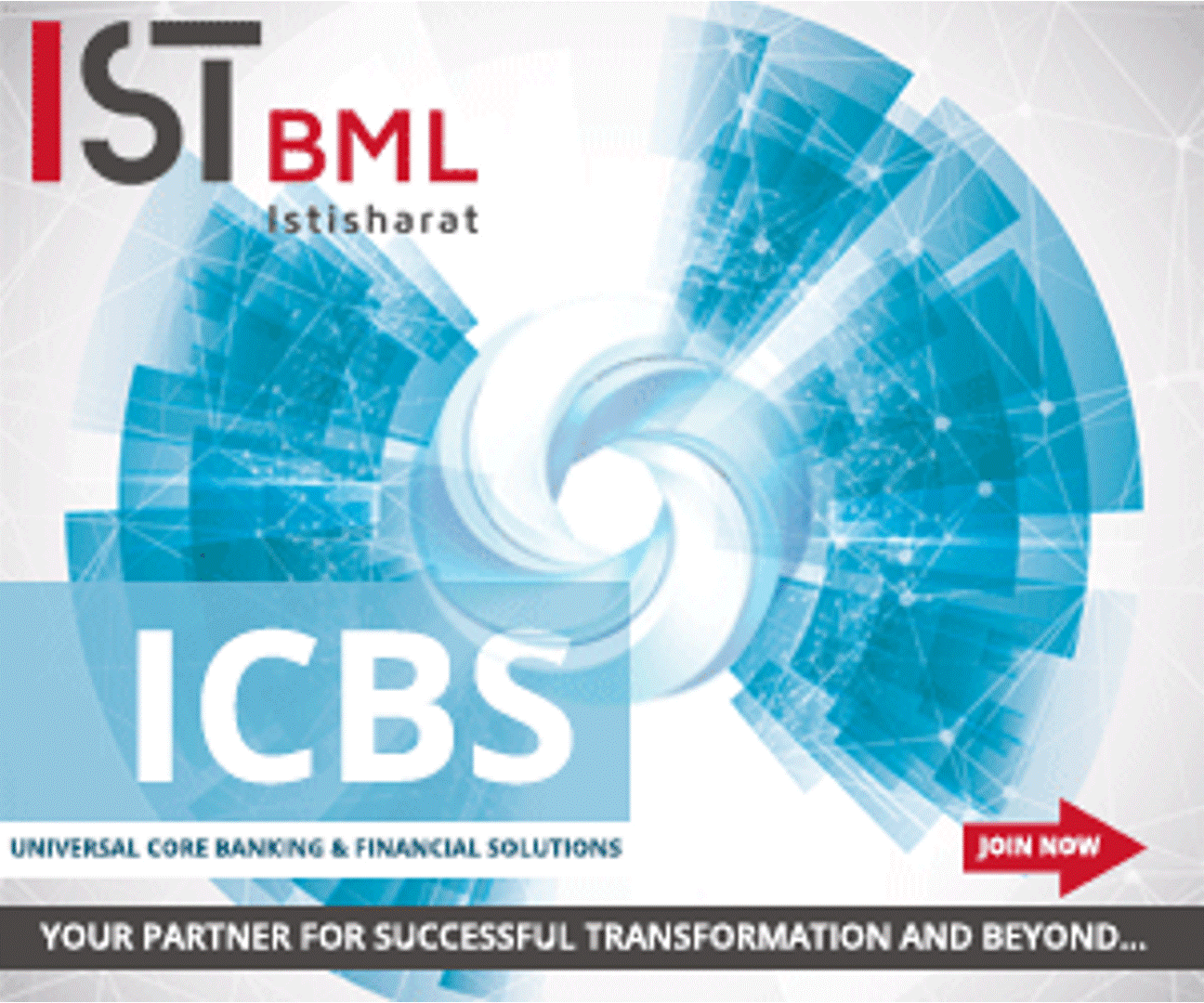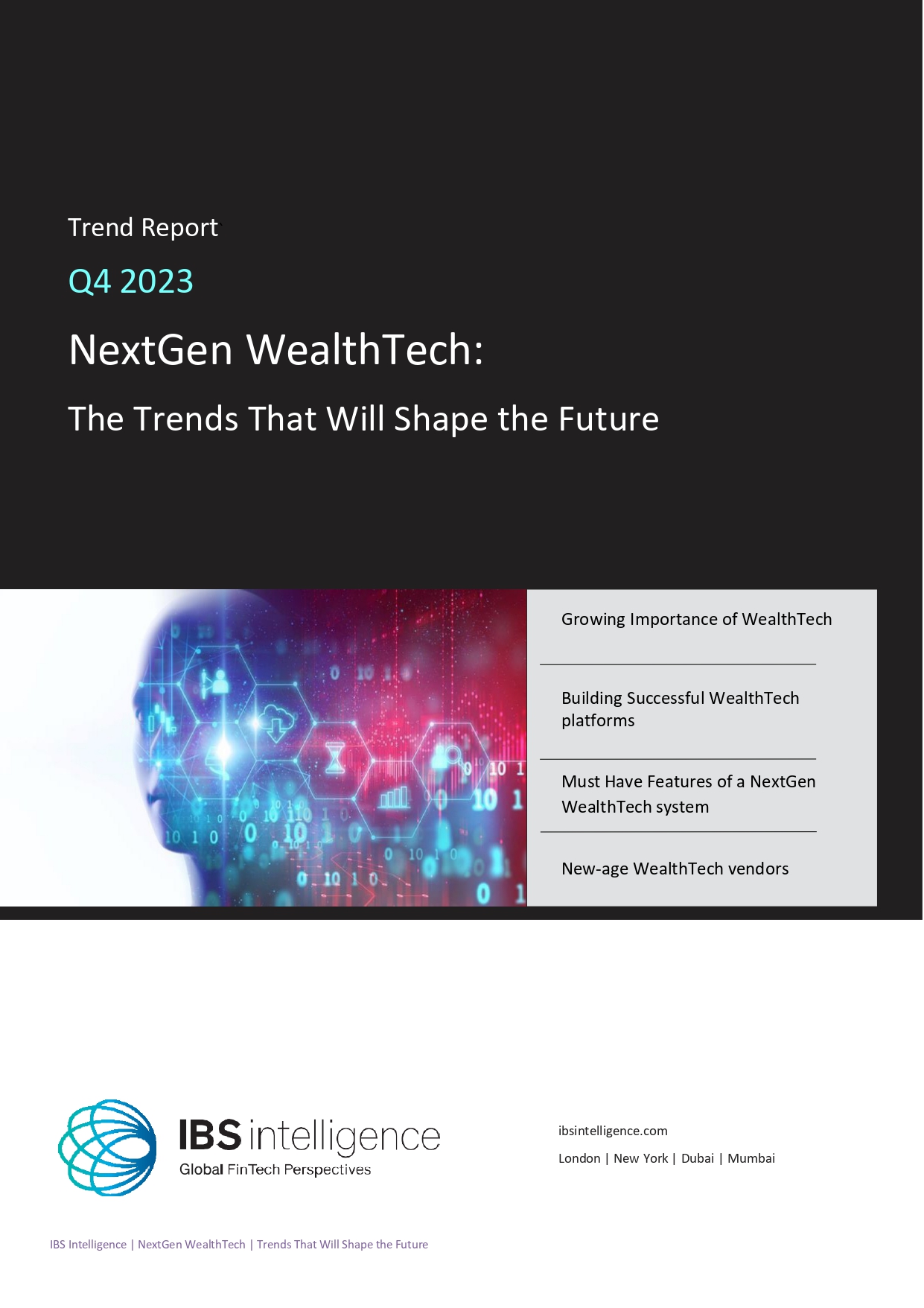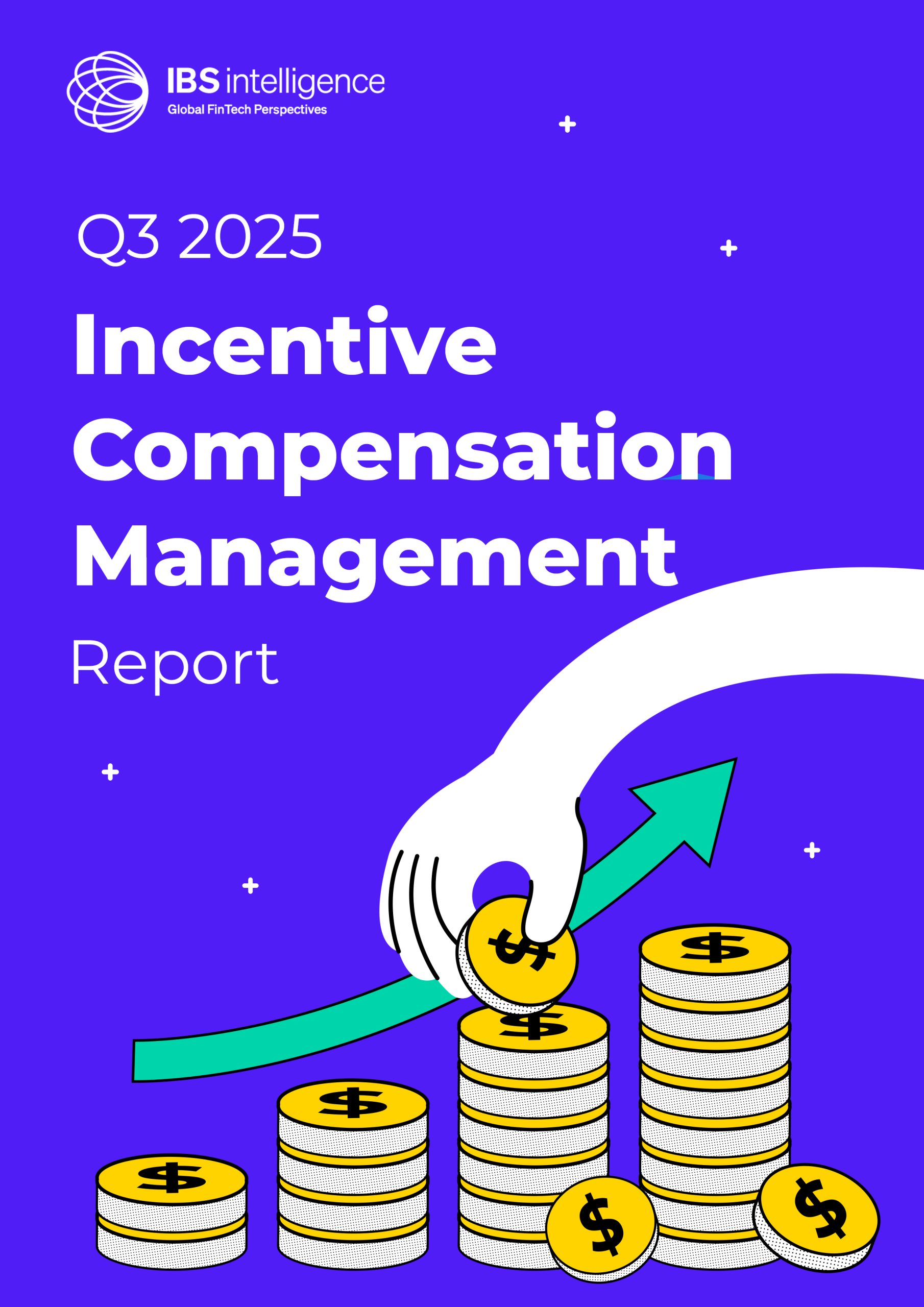 Back
Back
UK unveils new financial inclusion strategy
By Vriti Gothi

The UK Government’s new Financial Inclusion Strategy, published by HM Treasury, redefines what it means to participate in an increasingly digital financial ecosystem. In a world where access to financial services determines economic opportunity, the strategy positions inclusion not as a social aspiration but as a structural pillar of the nation’s economic resilience. By embedding digital transformation and innovation into its design, the plan challenges both traditional institutions and FinTechs to reimagine how financial access is delivered, experienced, and sustained.
At its heart, the strategy recognises that millions remain excluded or underserved by the financial system, whether through lack of access to banking, limited savings capability, or barriers to affordable credit. Yet rather than treating exclusion as a peripheral issue, the document places it within the context of national productivity and wellbeing. It acknowledges that digital and financial inclusion are now inseparable, and that ensuring universal access to financial tools requires more than simply extending banking services it demands user-centred design, digital literacy, and tailored innovation.
The government’s framework takes a comprehensive view, spanning access to banking, savings, insurance, affordable credit, and financial education. It also explicitly connects financial well-being with social realities such as mental health, economic abuse, and digital poverty. The message is clear: financial inclusion is not only about who holds a bank account, but also about who can confidently navigate the digital economy. In doing so, the strategy moves beyond legacy notions of accessibility to one grounded in empowerment and participation.
For FinTechs, this represents both an opportunity and a call to responsibility. The strategy’s emphasis on inclusive design and alternative data models directly aligns with the capabilities of the FinTech sector. From digital onboarding and biometric verification to open-banking-driven affordability assessments, technology is increasingly the bridge that connects underserved consumers to fairer financial products. As the strategy commits to expanding physical banking hubs while enhancing digital access, FinTech partnerships will be central in ensuring that inclusion is not only physical but functional.
The inclusion of affordable credit and savings initiatives further highlights a crucial role for FinTech innovation. Credit unions and community lenders will gain access to transformation funding, while regulation of buy-now-pay-later products will bring accountability to newer forms of credit. These measures signal a maturing financial landscape one that values transparency, consumer protection, and innovation equally. FinTechs operating in credit, savings automation, or financial well-being platforms can play a decisive role in implementing these principles at scale.
Equally significant is the strategy’s attention to financial capability and education. By embedding financial literacy into schools and extending support to vulnerable groups, the government recognises that inclusion is a lifelong journey. This opens avenues for FinTechs specialising in education, gamified learning, and behavioural finance to contribute to the national agenda of building informed, confident financial citizens.
In its vision and scope, the Financial Inclusion Strategy articulates a future where financial services become not just more digital, but more human-centred. It invites the private sector — especially fintechs to participate in solving the systemic barriers that technology alone cannot erase. Success will depend on collaboration: between government, regulators, financial institutions, and innovators who see inclusion as both a moral imperative and a market opportunity. In the long run, a digitally inclusive financial system is not simply a fairer one — it is also a more resilient, competitive, and sustainable foundation for the UK economy.
IBSi FinTech Journal

- Most trusted FinTech journal since 1991
- Digital monthly issue
- 60+ pages of research, analysis, interviews, opinions, and rankings
- Global coverage







